KEEP UP WITH OUR DAILY AND WEEKLY NEWSLETTERS
PRODUCT LIBRARY
watch our livestream talk with BMW Design at 19:15 CEST on monday 15 april, featuring alice rawsthorn and holger hampf in conversation.
connections: +300
the solo show features five collections, each inspired by a natural and often overlooked occurence, like pond dipping and cloud formations.
discover our guide to milan design week 2024, the week in the calendar where the design world converges on the italian city.
connections: 31
'despite dealing with health-related setbacks, gaetano remained positive, playful and ever curious,' pesce's team said in a post confirming his death.
connections: +130
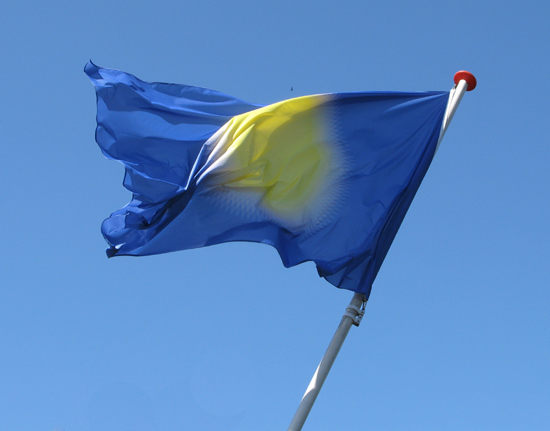
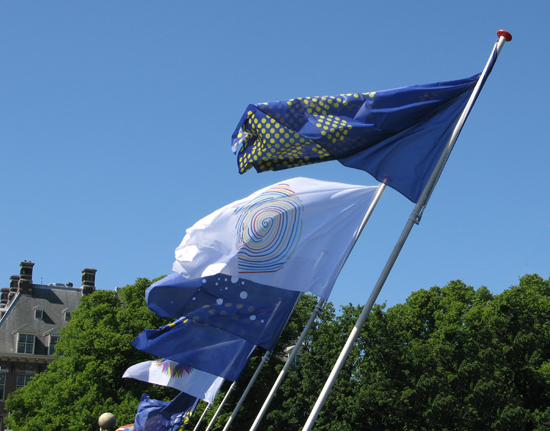 image © designboom
image © designboom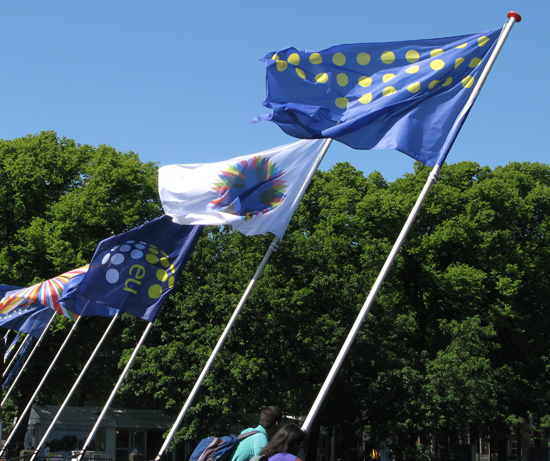 image © designboom
image © designboom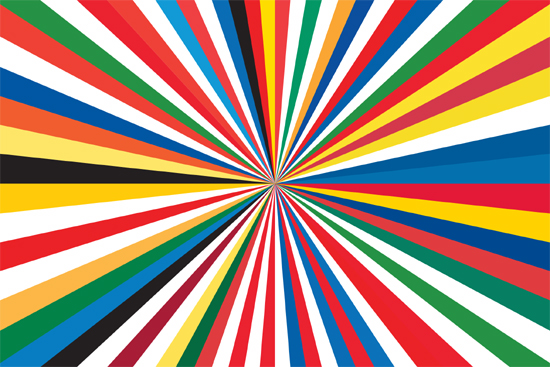 ‘spectrum’, viktor hertz (sweden)
‘spectrum’, viktor hertz (sweden)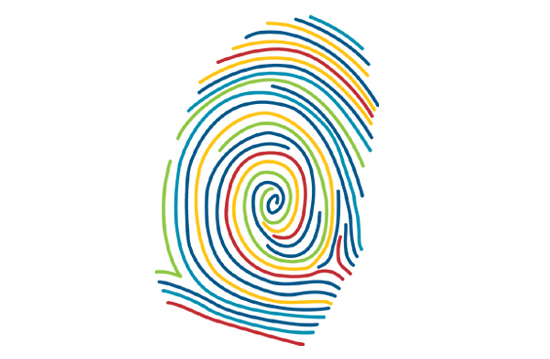
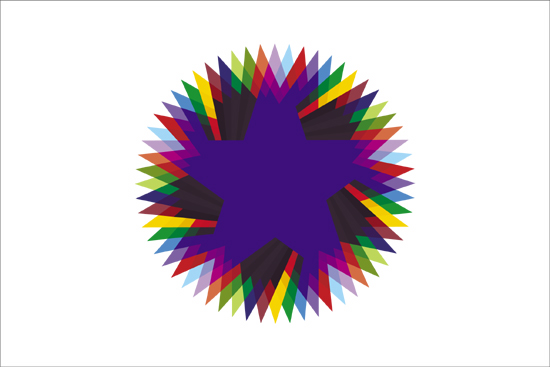 ‘europtimism’, youngha park (south korea)
‘europtimism’, youngha park (south korea)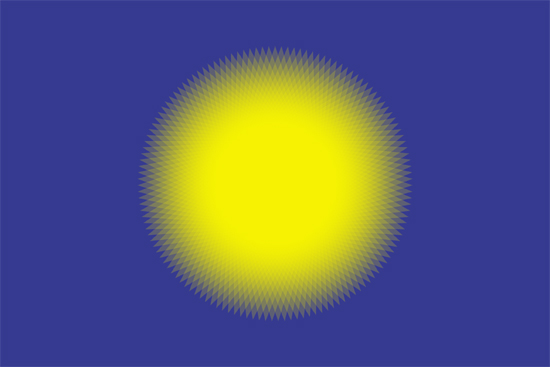 ‘united we shine’, orio tonini (the netherlands)
‘united we shine’, orio tonini (the netherlands)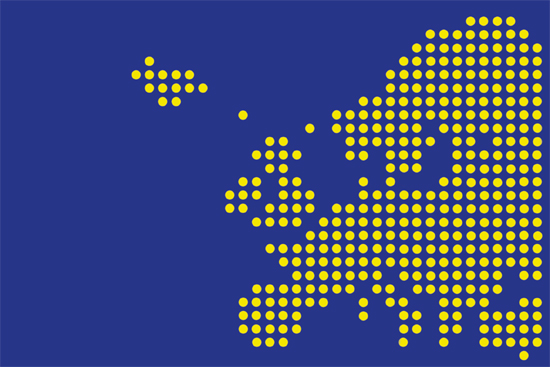 ‘europespace’, charles bignon (spain)
‘europespace’, charles bignon (spain)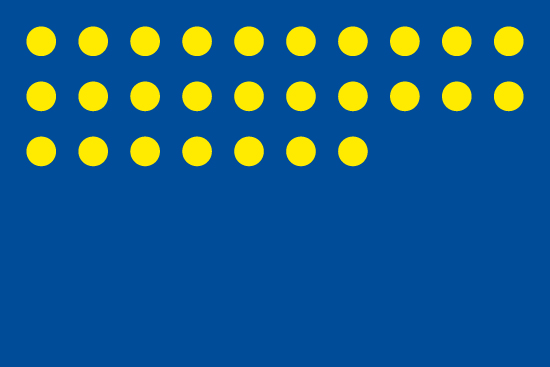 ‘symbol and flag for europe’, bas pronk (the netherlands)
‘symbol and flag for europe’, bas pronk (the netherlands)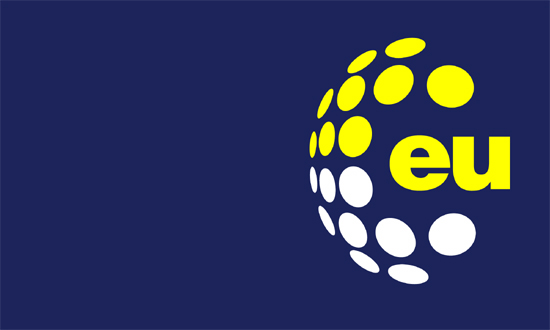 ‘EU sphere’, rachel graham (united states)
‘EU sphere’, rachel graham (united states)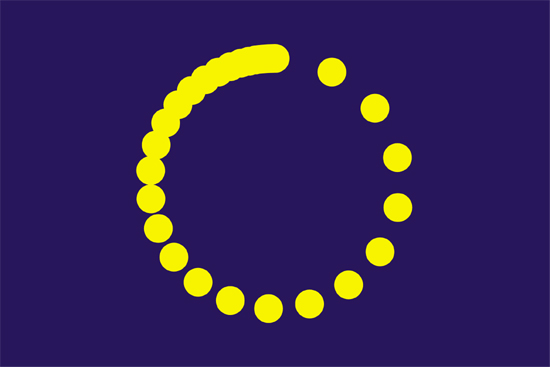 ‘time on europe’, jonathan kischkel (germany)
‘time on europe’, jonathan kischkel (germany)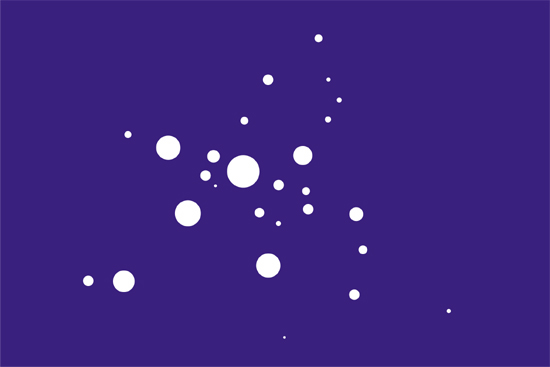 ‘unity in the european union, menelaos vakhou (cyprus)
‘unity in the european union, menelaos vakhou (cyprus)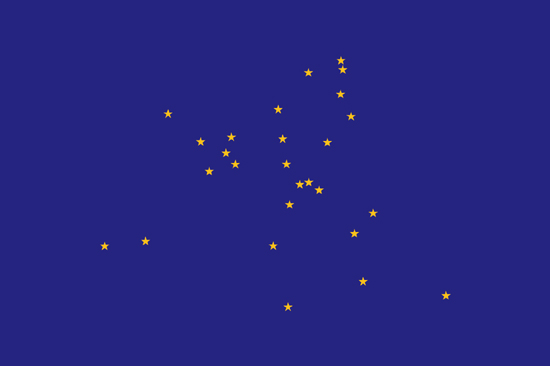 night sky, matea topic (croatia)
night sky, matea topic (croatia)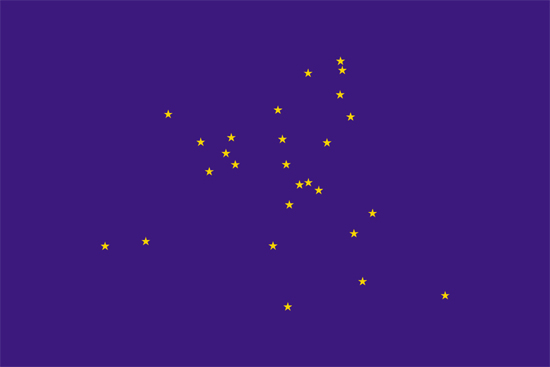 ‘join the stars’, brunno jahara (brazil)
‘join the stars’, brunno jahara (brazil)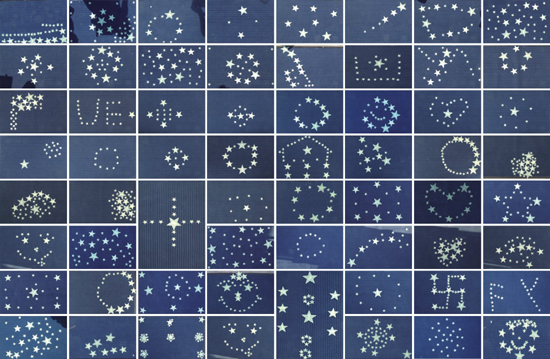 ‘europe – united in diversity’, emilia palonen (finland)
‘europe – united in diversity’, emilia palonen (finland)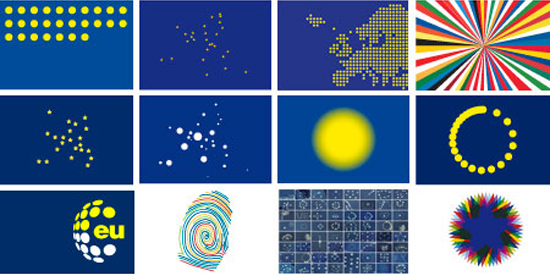 overview
overview


